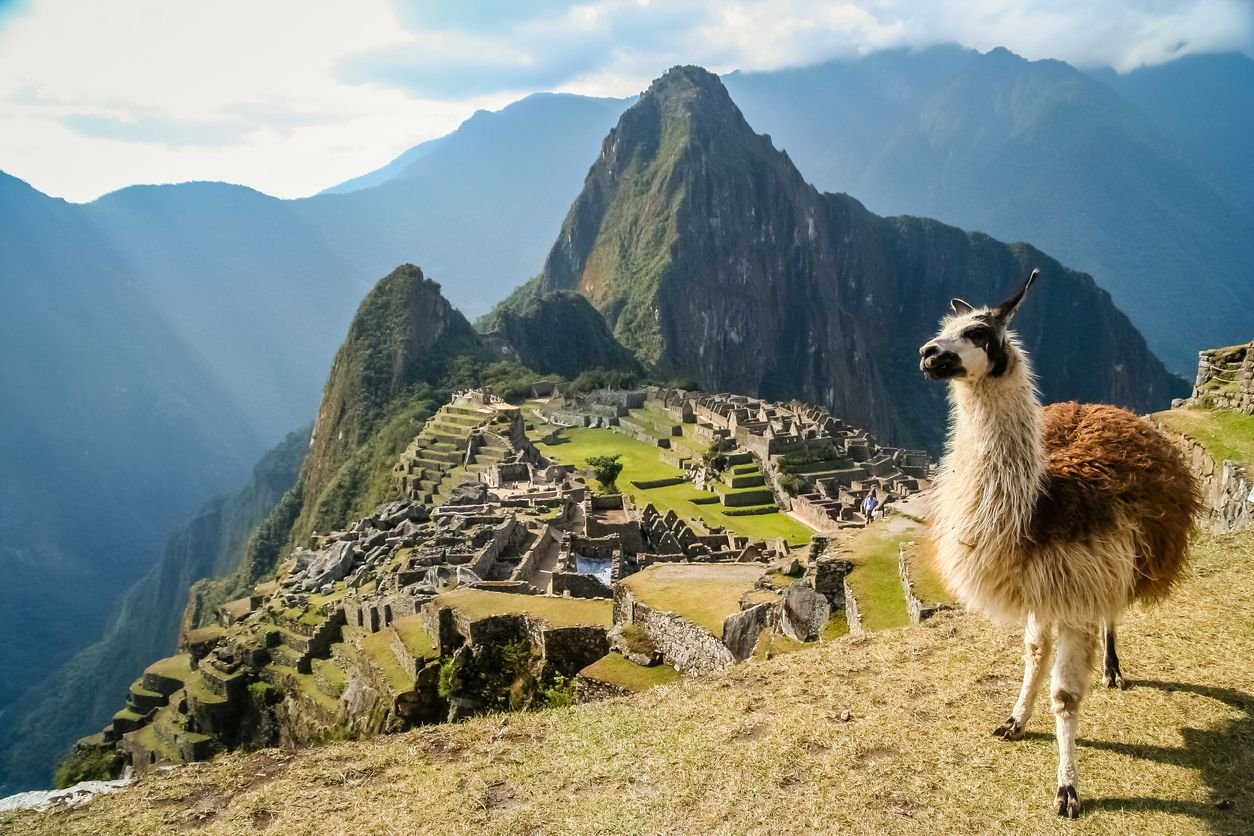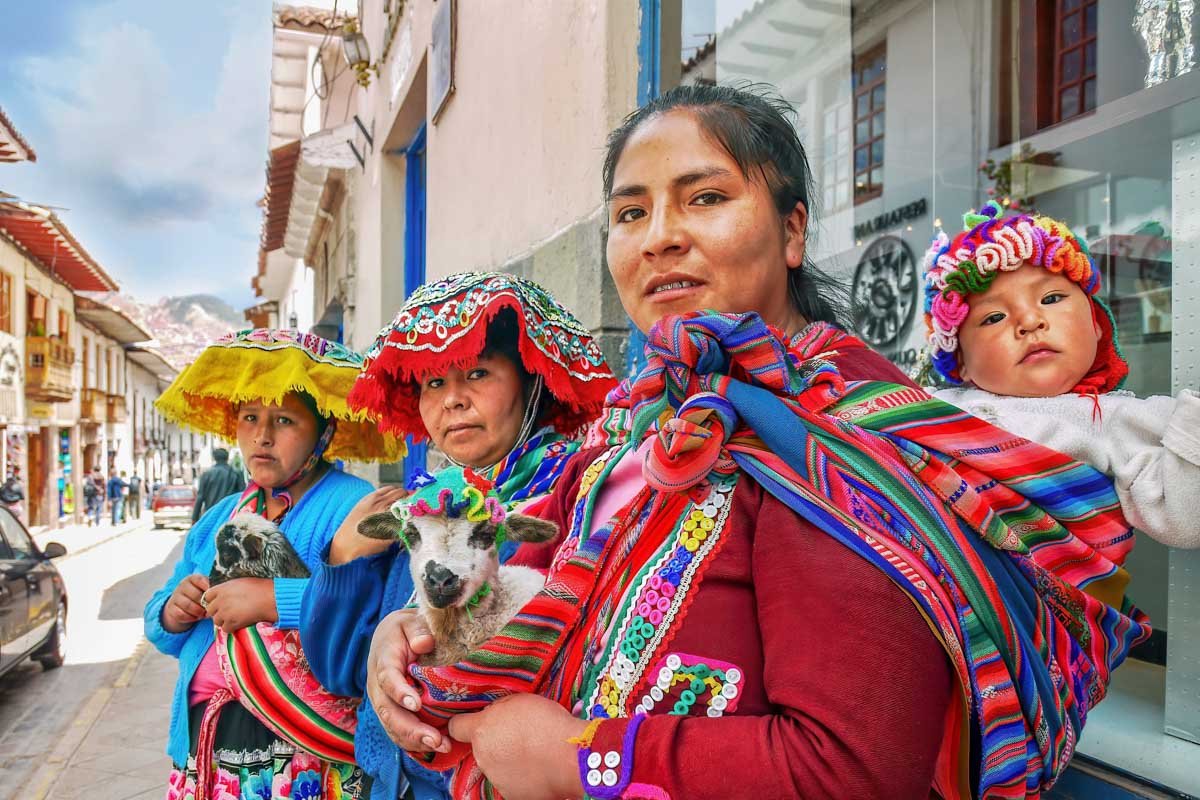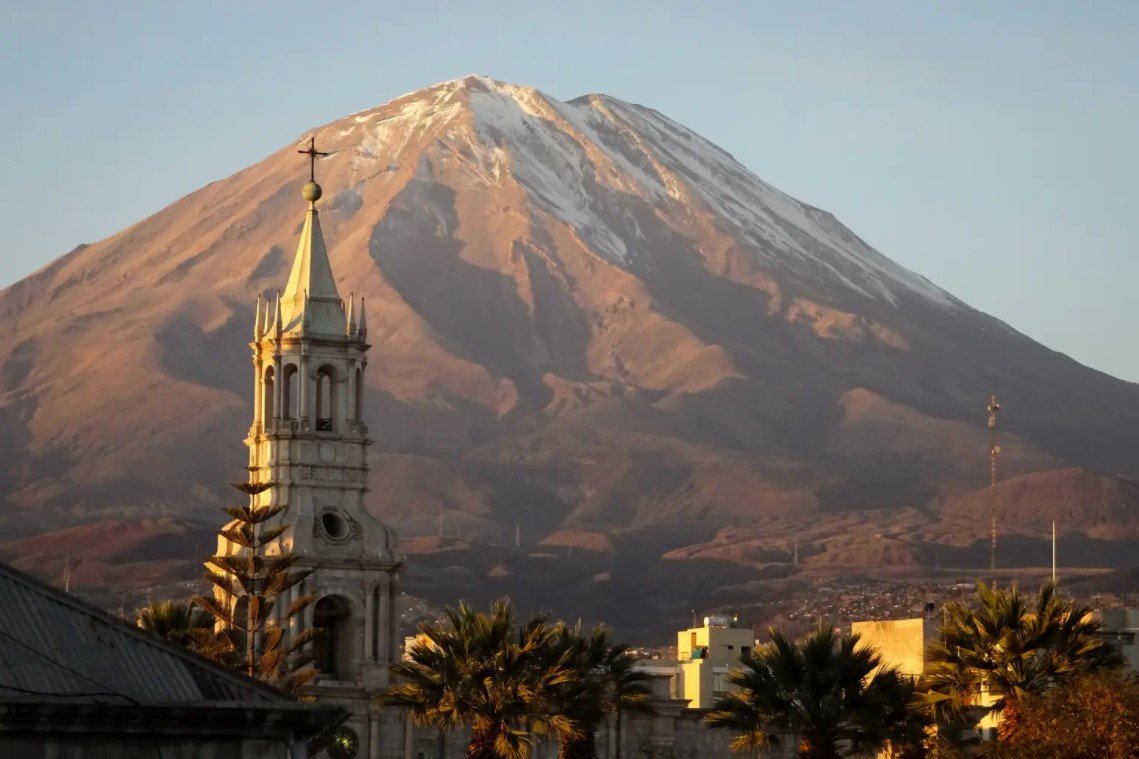
Peru
Exploring the Rich Diversity of Peru
Mysterious, intricate and diverse, Peru is a paradise of legendary folklore, ancient ruins, lost civilizations, vast metropolises, colorful celebrations, delicious cuisine and interesting flora and fauna that make culture and heritage exciting. mix together. Whatever you like, Peru has it on the menu.
From the majestic Andes and lush Amazon jungle to picturesque villages and epic coastlines, delve deeper into the wonderland of Peru for unforgettable encounters, humbling moments and soulful journeys that will not only open your eyes, but will change your perspective.
Best travel season in Peru
The best time to visit Peru depends on your interests and the areas you want to explore. Whether you're drawn to ancient ruins, stunning scenery, rich culture or diverse wildlife, planning your trip based on each region's specific weather conditions is sure to make your trip exciting! Here's a general overview of Peru's climate, the best time of year to visit each region, and the best places to visit in Peru at any time of year:
Best time to travel to Peru: peak season, low season, low season, rainy season, dry season
Here are the details on high season, low season and peaceful season, as well as the best seasons for each:
High season in Peru (May to September):
Best for: Exploring the Andes, hiking to Machu Picchu, and visiting coastal towns.
Why: The dry season has clear skies and pleasant temperatures, perfect for outdoor activities and hiking. This period is also a popular time to visit Machu Picchu due to favorable weather conditions.
Peruvian low season (April and October):
Suitable for: Combining different experiences in different regions.
Why: The off-season offers a balance between weather and crowds. April and October are a great time to explore the coast and mountains and go on outdoor adventures.
Low season (November to March):
Good for: Exploring the Amazon rainforest and some areas with less crowds.
Why: While the rainy season may deter some visitors, it's the perfect time to experience the lush beauty of the Amazon rainforest. There are fewer crowds and you can usually find better deals
Peru’s climate:
Peru experiences diverse climates due to its diverse geographical location. The climate varies in different regions, including coastal areas, the Andes, and the Amazon rainforest.
Coastal areas: Coastal areas, especially cities like Lima, have a generally mild and dry climate. Temperatures remain warm throughout the year with minimal fluctuations. The influence of the cold Humboldt Current from the Pacific Ocean brings cool ocean breezes.
Andes Mountains: In the Andes Mountains, climate varies significantly with altitude. Areas with higher elevations will experience cooler temperatures, while lower valleys may experience milder weather. Cities like Cusco and Arequipa have large temperature differences between day and night, so it’s important to dress in layers.
Amazon Rainforest: The climate of the Amazon basin is a tropical humid climate. The area has high temperatures and abundant rainfall all year round. November to April is the obvious rainy season with heavy rainfall. Humidity remains high, making the area feel hotter.
Plateau and Plateau: The plateau region, located between the coastal desert and the Andes, has an alpine climate with cold temperatures, especially at night.
In Peru, it's also important to know the wet and dry seasons when planning a trip. Here's a general overview:
Coastal areas (Lima, Trujillo, Piura, etc.):
Rainy season: Very little rainfall throughout the year, but slightly more rainfall from June to August.
Dry Season: Dominates from December to April with little to no rainfall.
Andes Mountains (Cusco, Machu Picchu, Arequipa, etc.):
Rainy season: generally from November to March, with the highest rainfall in January and February.
Dry Season: Lasts from May to September, with drier and more stable weather conditions.
Amazon Rainforest (Iquitos, Puerto Maldonado, etc.):
Rainy season: November to April, with more rainfall and higher humidity.
Dry Season: The dry season runs from May to October and is characterized by lower water levels and less rainfall, making it more suitable for certain activities.
*Note: The exact times of the wet and dry seasons may vary slightly each year.
Peru in Photos
-

Lima
Exploring Lima: Major Tourist Hub of Peru, Lima the capital city of Peru, is a vibrant and bustling metropolis that offers visitors a unique blend of history, culture, and modernity. Founded by Spanish conquistadors in 1535, Lima has since evolved into a major tourist hub, attracting millions of visitors each year. In this essay, we will explore the foundation and major tourist attractions of Lima, as well as its cultural and culinary scene.
-

Cusco
Accessing Cusco is easy with daily flights available from various locations. For instance, Latam offers daily flights departing from Cusco early in the morning to Lima, where travelers can connect to other destinations. Once in Cusco, travelers can embark on a journey to Machu Picchu by taking the overnight train. This is a great opportunity to enjoy the beautiful scenery and experience the rich cultural heritage of the area.
-

Arequipa
Arequipa, known as the White City, is the largest city in southern Peru and a popular destination for tourists due to its pleasant climate and beautiful colonial architecture. The city gets its nickname from the white volcanic rock called sillar, which is used to construct many of the buildings. While many visitors use Arequipa as a base to explore the nearby Colca Canyon, the city itself is a wonder worth exploring.
